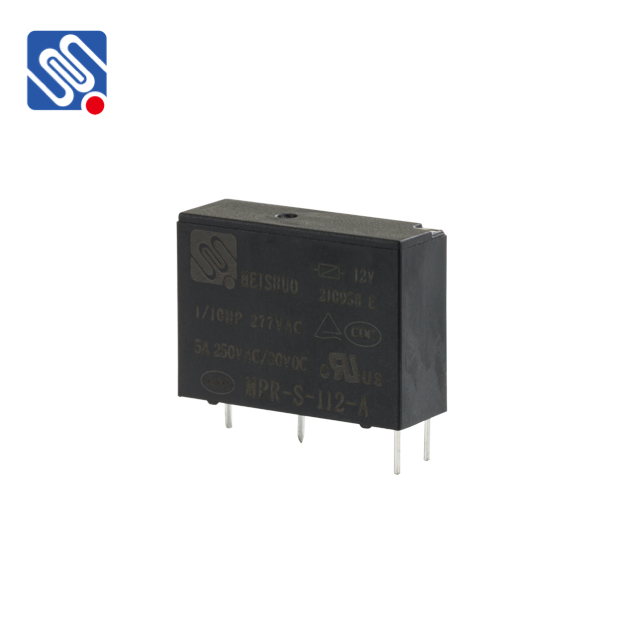Relay stability plays a critical role in ensuring the proper functioning of control systems, especially those that involve relay-based switches. A relay is an electromechanical or electronic device used to control circuits by opening or closing contacts when an input signal is applied. However, achieving relay stability is not always straightforward, as relay systems are prone to oscillations, delays, and non-linear behaviors that can compromise system performance. This article delves into the concept of relay stability, its implications in control systems, and methods to enhance stability.

The Nature of Relay Systems Relay systems are often used in simple on/off control mechanisms, where a relay switches between two states based on a predefined input threshold. For instance, in temperature control systems, a relay might turn a heating element on when the temperature drops below a certain value and turn it off once the temperature rises above a setpoint. While this approach is effective in many cases, it also presents challenges related to relay stability. In simple relay systems, when the system output reaches the switching threshold, it can cause the system to switch states frequently, especially if the system’s dynamics cause the output to oscillate around the threshold. This results in rapid switching or “chattering” of the relay, which can lead to undesirable effects such as system inefficiency, mechanical wear, or even failure.